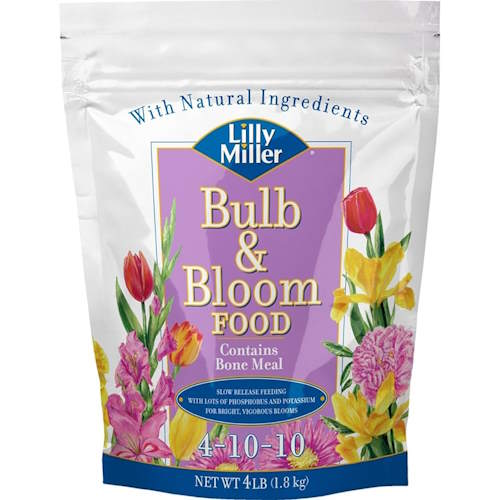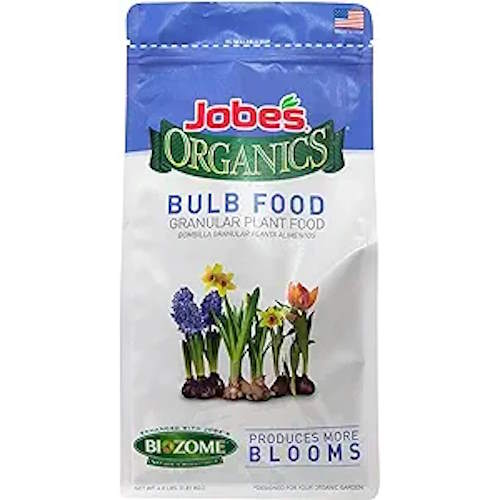How and when to fertilize daffodils – expert tips for a vibrant spring display
Daffodils only bloom once a year - here's how to ensure yours perform at their best
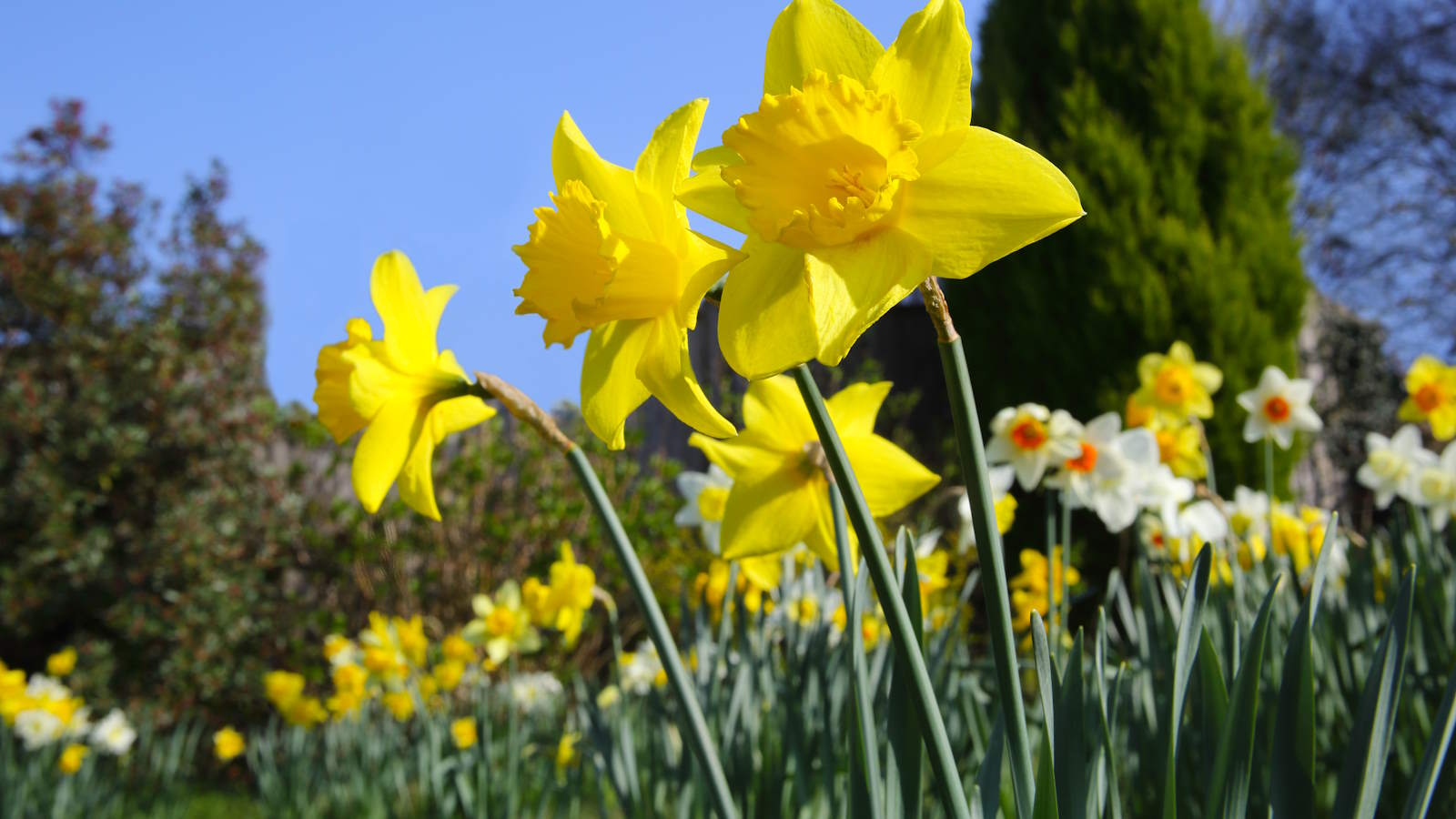

Daffodils are heralded as one of the main stars of spring and their cheery blooms are much-welcomed after a long winter. While many gardeners simply leave their daffodils to do their thing, you can boost your daffodils by fertilizing them each year.
Feeding can help daffodils to put on the most spectacular blooms possible each spring. These spring bulbs can also be given the best start to life if you add fertilizer as part of planting your daffodil bulbs.
Whether your daffodils are growing in the ground or as part of spring pot displays, feeding them can dramatically improve your display - so add this quick and simple job to your spring gardening to-do list.
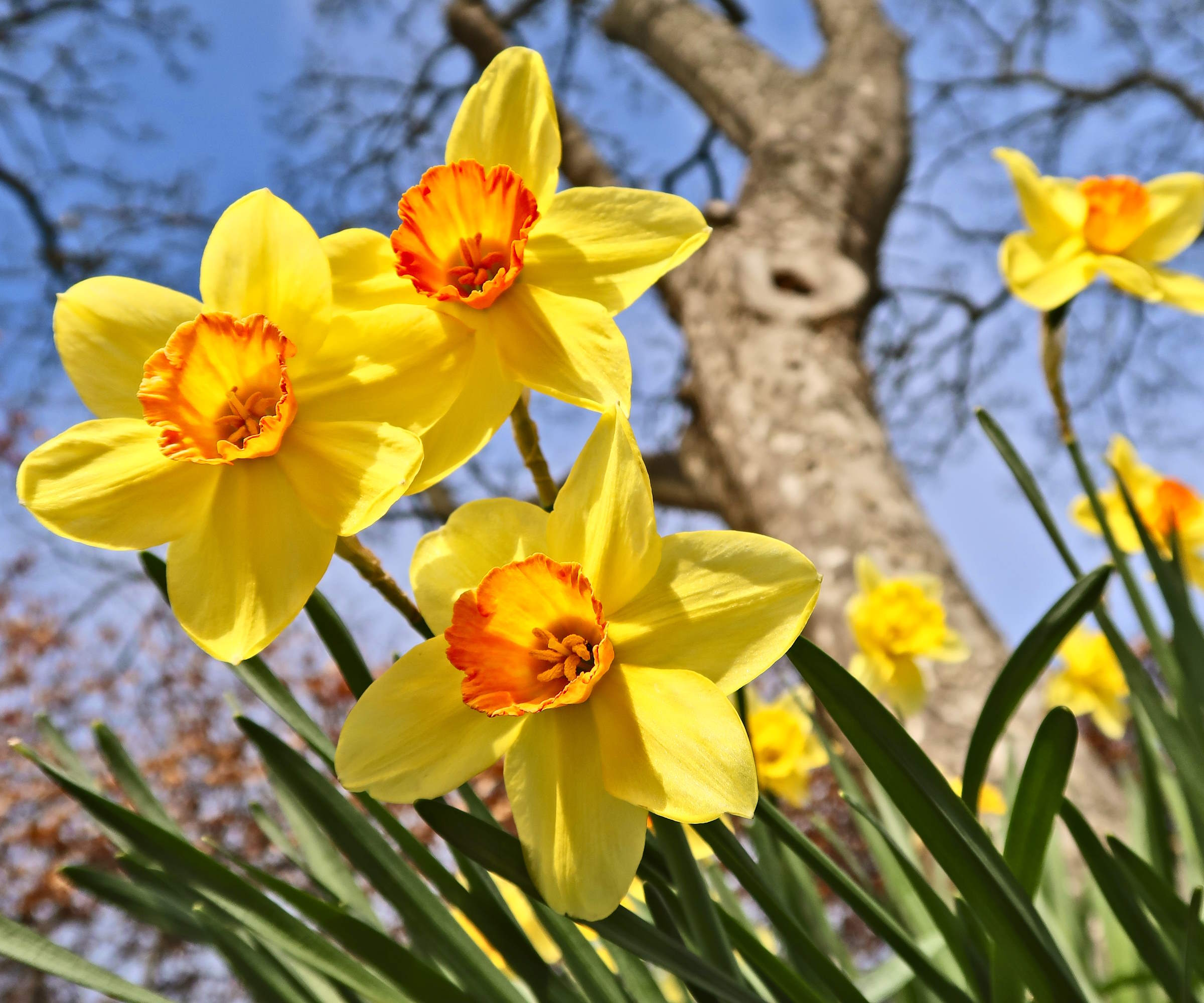
Daffodils bloom from late winter into early spring, depending on the variety
How and when to fertilize daffodils
There are lots of different species of daffodils and many thousands of varieties of narcissi bulbs to choose from - and all will benefit from being fertilized. We look in-depth at when and how you should feed bulbs to get the best display of blooms year after year.
Why should you fertilize daffodils?

Daffodil's trumpet blooms come in different colors and shapes
Daffodils store energy in their bulbs over the season and use all that stowed-away energy to put on their fantastic show the next spring. They continue to photosynthesize and absorb sunlight even after they have finished flowering - which is why it is important to not cut back daffodils until the leaves have died back naturally.
If the spring bulbs are going to grow in their spot year after year, they can benefit from additional fertilizer being added to the soil.
Thomas Rutter, gardens content editor at H&G, says ‘flowering does tend to improve when fertilizer is used’. He adds: ‘This is particularly true for daffodils in pots or nutrient-competitive areas, such as under large trees or shrubs.’
Make sure to put fertilizing daffodils, and other popular spring bulbs such as alliums and tulips, on your to-do list as it will help the plants build strong roots and have all they need ready for another spectacular blooming season.

Thomas is a Content Editor within the Gardens Team at Homes and Gardens. He has worked as a professional gardener in gardens across the UK and in Italy, specialising in productive gardening, growing food and flowers.
When to fertilize daffodil bulbs
The ideal time to feed daffodils will vary depending on whether they are established clumps in your garden or new additions to your backyard ideas.
When to fertilize established daffodils
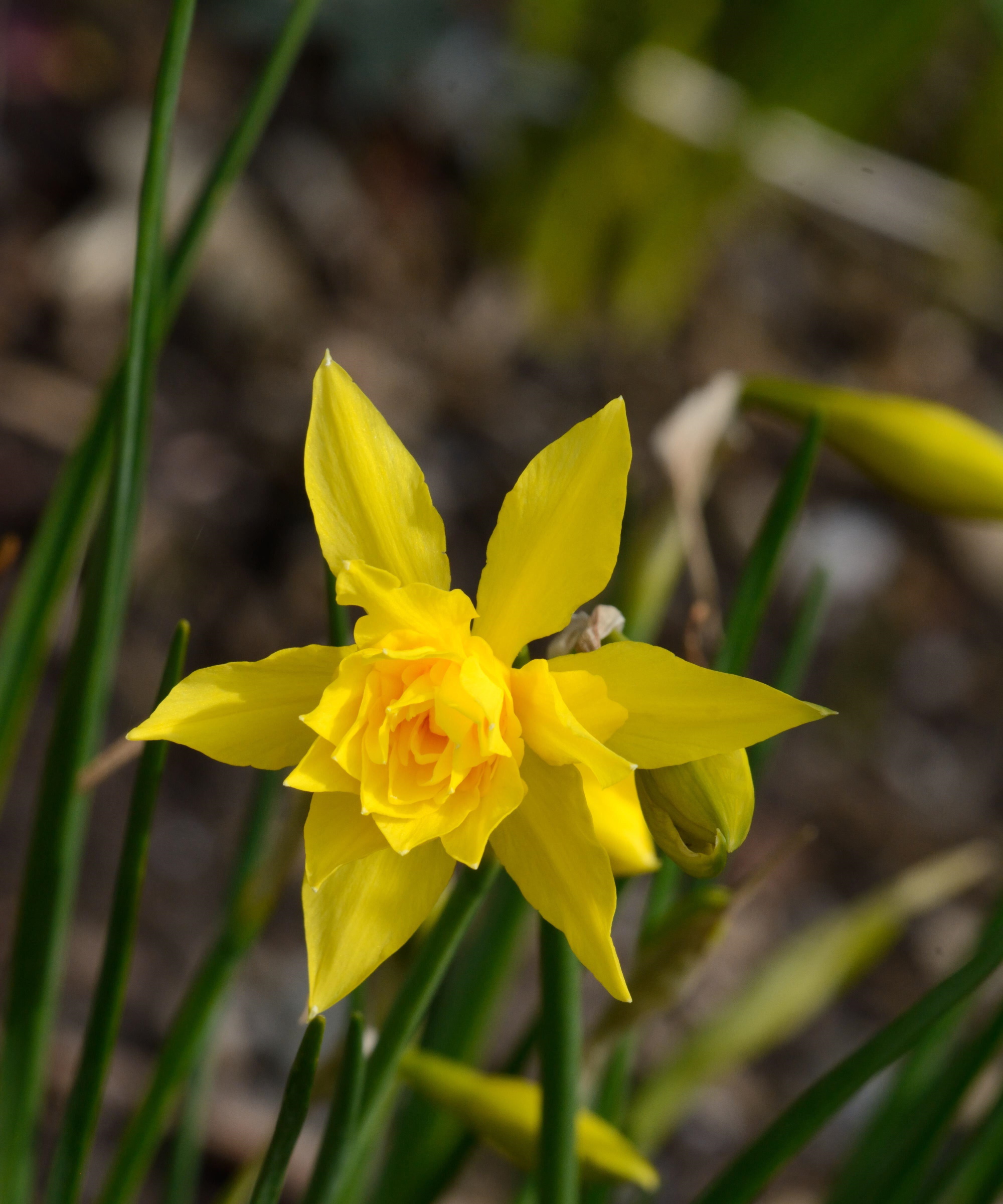
Fertilizing daffodils promotes fantastic flowering
Mature daffodils benefit from being fertilized early in the year, before their blooming period begins. Feeding at this time gives them a boost of nutrients right when preparing to put on a big show of blooms.
‘When I worked as a professional gardener, an important job on the spring gardening checklist was to feed daffodils as new growth began to emerge, typically from late winter through to early spring, ‘ says Thomas.
‘While new bulbs planted in the fall tend to flower just fine, older bulbs can benefit from some help, and annual feeding at this time will greatly improve your spring flower show.’
As well as fertilizing when new growth emerges, the American Daffodil Society also recommends top-dressing daffodils while flowering with a high-potassium feed. If you are growing daffodils in pots, a regular feed every two weeks with a similar product, such as a tomato feed, can encourage continued flowering.
When to fertilize new daffodil bulbs
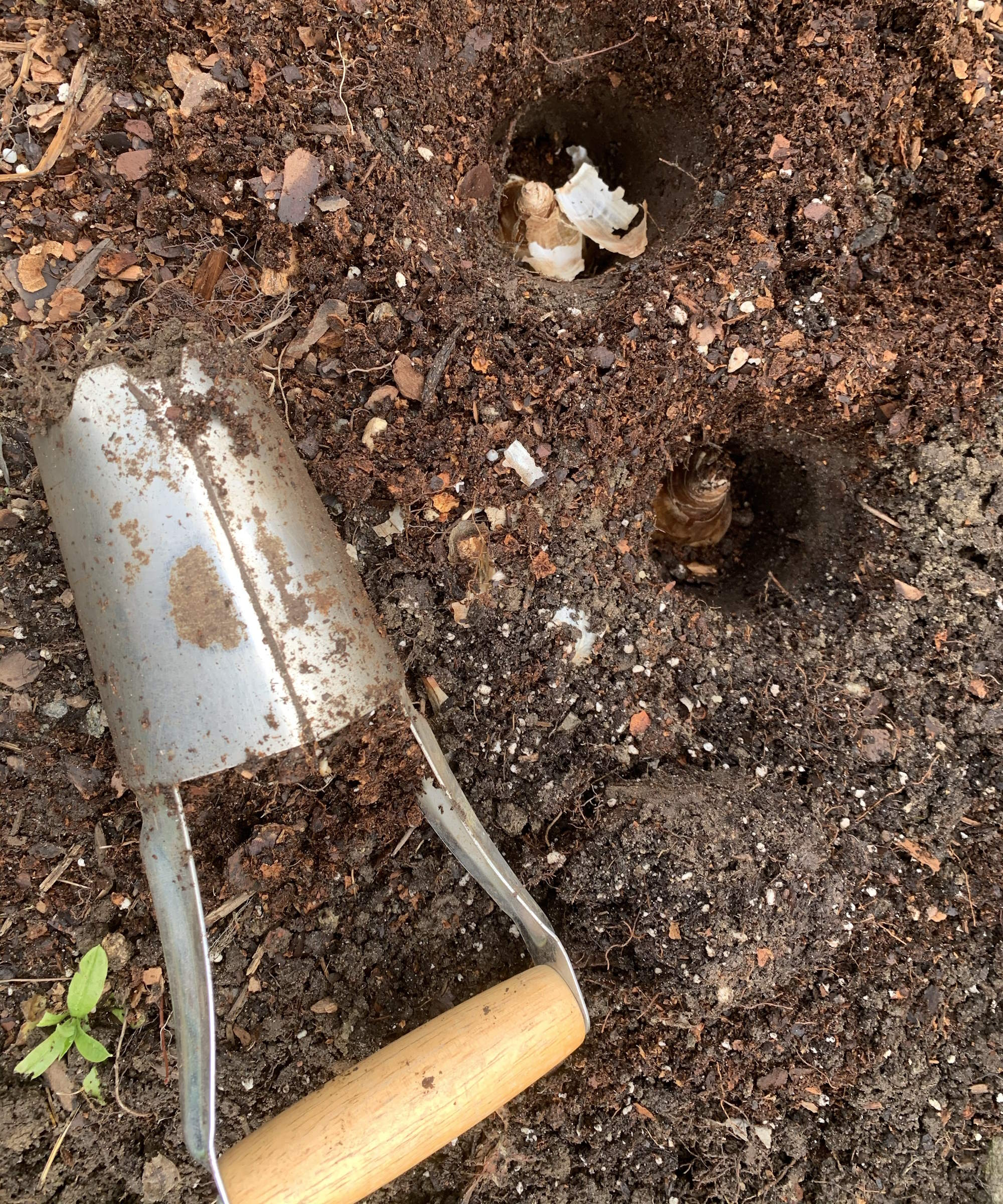
A bulb planter can make planting any spring bulbs easier
When you plant daffodil bulbs in the fall, it is advisable to add a slow-release balanced granular fertilizer. However, take care to mix the fertilizer into the soil and avoid it touching the bulb itself. Using a fertilizer such as bone meal, available at Burpee, or a specially formulated bulb fertilizer, when planting spring bulbs will help get them off to a strong start.
Daffodils planted in fall do not need extra feeding in the spring, as you would do with established bulbs.
Kiersten Rankel, garden expert and botanist for the plant app Greg, recommends waiting until they have done a first flowering cycle before fertilizing.
She advises: ‘Let them focus on getting settled in their new home and putting out a good show. After the flowers fade, you can give them a gentle dose of fertilizer to help them store up energy for next spring's blooms.'

Kiersten Rankel is a certified Louisiana Master Naturalist and regularly volunteers with local community gardens and non-profits to help restore critical ecosystems along the Gulf Coast.
How to fertilize daffodil bulbs
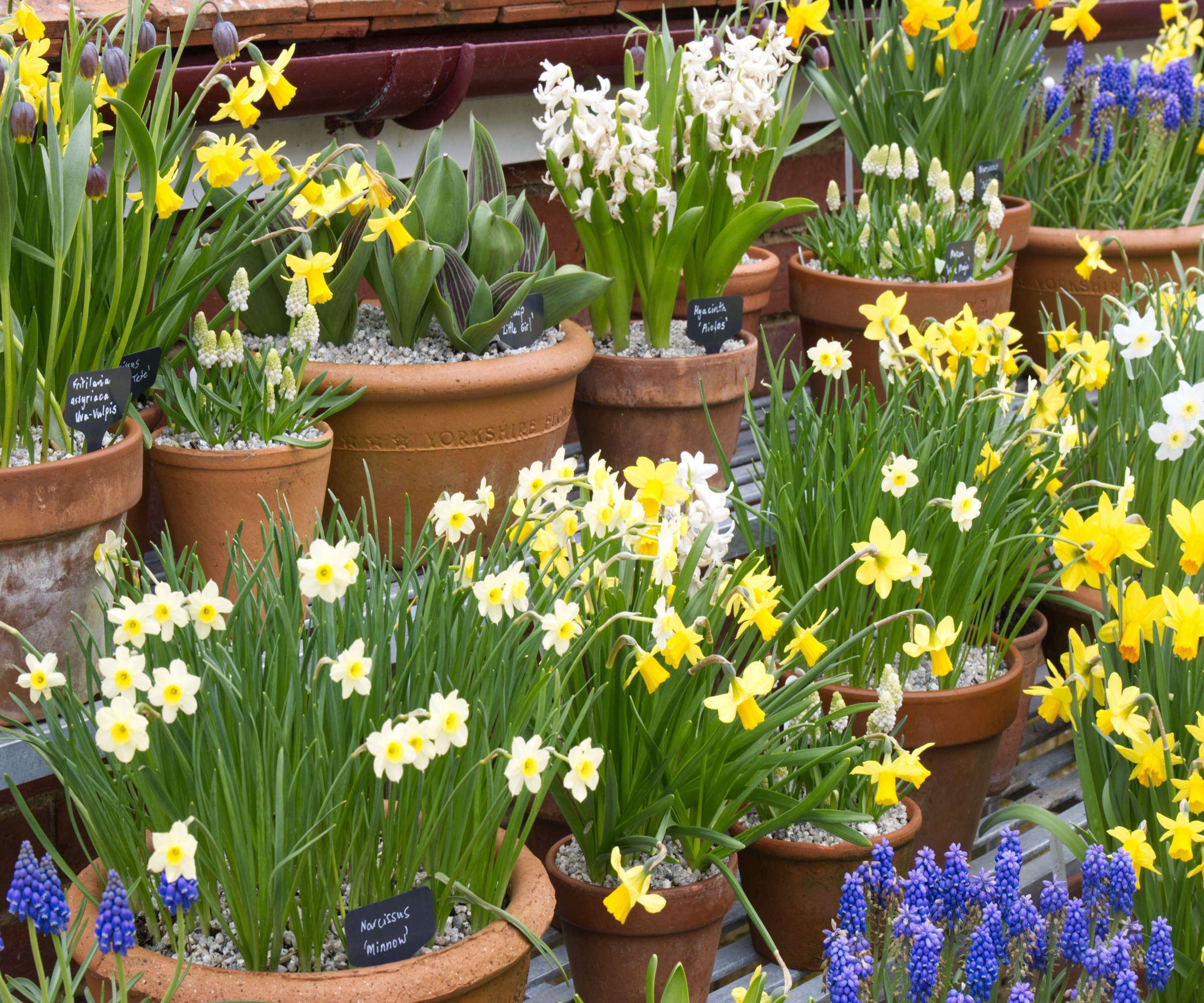
Daffodils in pots require regular fertilizing for top displays
The best fertilizer for daffodils in early spring is a balanced, slow-release product that comes in granular form. Kiersten recommends: ‘Look for something with equal parts nitrogen, phosphorus, and potassium (like a 10-10-10 mix). This provides a steady nutrient supply without overwhelming their delicate bulbs. Organic bulb fertilizers with bone meal or fish emulsion are great options too.’
The fertilizer should be gently scratched into the soil surface and then watered to get the nutrients down to the roots. This can be done via rainfall, or by hand if there is no rain forecast for the days after applying the feed. When you do spread the fertilizer, be careful to avoid getting any on the foliage.
After spreading the feed and watering, adding a layer of mulch around the plants can also benefit the daffodils as moisture will be retained in the soil and weeds will be suppressed from competing for nutrients.
The American Daffodil Society advises to ‘top-dress with 0-10-10 or 0-0-50’ fertilizer as the daffodils flower and to avoid applying any high-nitrogen fertilizer, as this will promote the development of foliage rather than blooms.
A fertilizer high in potassium, such as muriate of potash, available at Amazon, can also help to encourage flowering in daffodils in pots. Start feeding the plants once you see shoots appearing in spring and continue to fertilize the pots every two weeks, until they have finished flowering.
Then remember to leave the green foliage so the daffodils can continue to photosynthesize and produce energy to store in the bulb for the following spring.
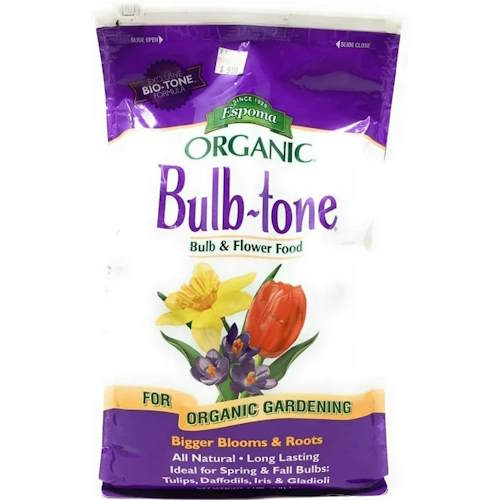
An organic plant food designed for use with spring bulbs, including tulips, daffodils, crocus and hyacinths.
FAQs
Is Miracle Gro good for daffodils?
There are Miracle Gro products that are suited for fertilizing daffodils. This includes the all-purpose plant food, available at Amazon, that can be applied in the spring to provide a nutrient boost to the daffodils just before they put on a display.
Is tomato feed good for daffodils?
A feed for growing tomatoes can be applied to daffodils growing in pots every one or two weeks once they start flowering. Such a feed is high in potassium and will encourage fantastic flowering.
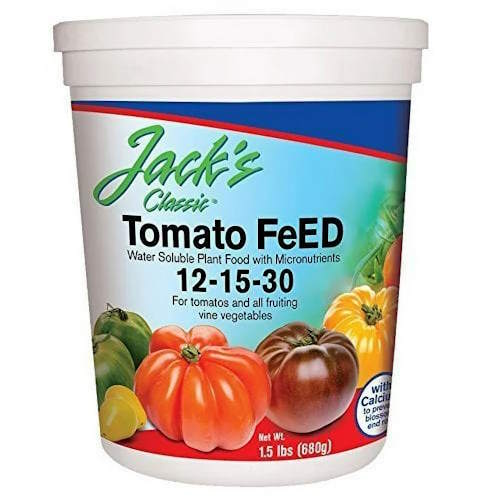
A water-soluble feed with an NPK ratio of 2-15-30 formulated for vigorous plant growth
What do you feed blind daffodils?
Daffodil blindness is when the plants produce foliage, but no flowers. One of the reasons for blind daffodils can be a lack of stored energy in the bulb. If your daffodils do not produce blooms, continue to feed them with a liquid feed until the foliage dies back to help increase the energy stored in the bulb for next spring. Further boosting the nutrition in the soil by adding organic matter or a balanced fertilizer in the spring can help avoid the issue.
Deadheading daffodils is recommended as it is a quick and simple task that can prevent the plant from wasting energy forming seedheads. That energy can be put to better use by being stored in the bulb ready to be used for flowering next spring.
For more information, see our guide on plants that complement daffodils, to ensure your borders are full of color come spring.
Sign up to the Homes & Gardens newsletter
Design expertise in your inbox – from inspiring decorating ideas and beautiful celebrity homes to practical gardening advice and shopping round-ups.

Drew’s passion for gardening started with growing vegetables and salad in raised beds in a small urban terrace garden. He has worked as a professional gardener in historic gardens and specialises in growing vegetables, fruit, herbs, and cut flowers as a kitchen gardener. That passion for growing extends to being an allotmenteer, garden blogger, and producing how-to gardening guides for websites. Drew was shortlisted for the New Talent of the Year award at the 2023 Garden Media Guild Awards.
-
 5 surprising but brilliant ways to clean with old socks – from perfectly buffing stainless steel to deterring pests naturally and more
5 surprising but brilliant ways to clean with old socks – from perfectly buffing stainless steel to deterring pests naturally and moreTackle dust in tricky corners, clean your mirrors and even banish bad odors with those rogue single socks
By Andy van Terheyden Published
-
 How to grow astilbe – expert advice on cultivating this shade-tolerant flowering perennial
How to grow astilbe – expert advice on cultivating this shade-tolerant flowering perennialShade-tolerant and pest-resistant - astilbe are hardy and tough perennials that can thrive in many settings
By Ellen Wells Published
